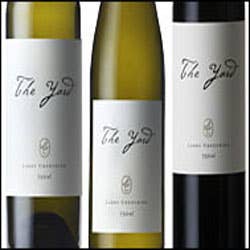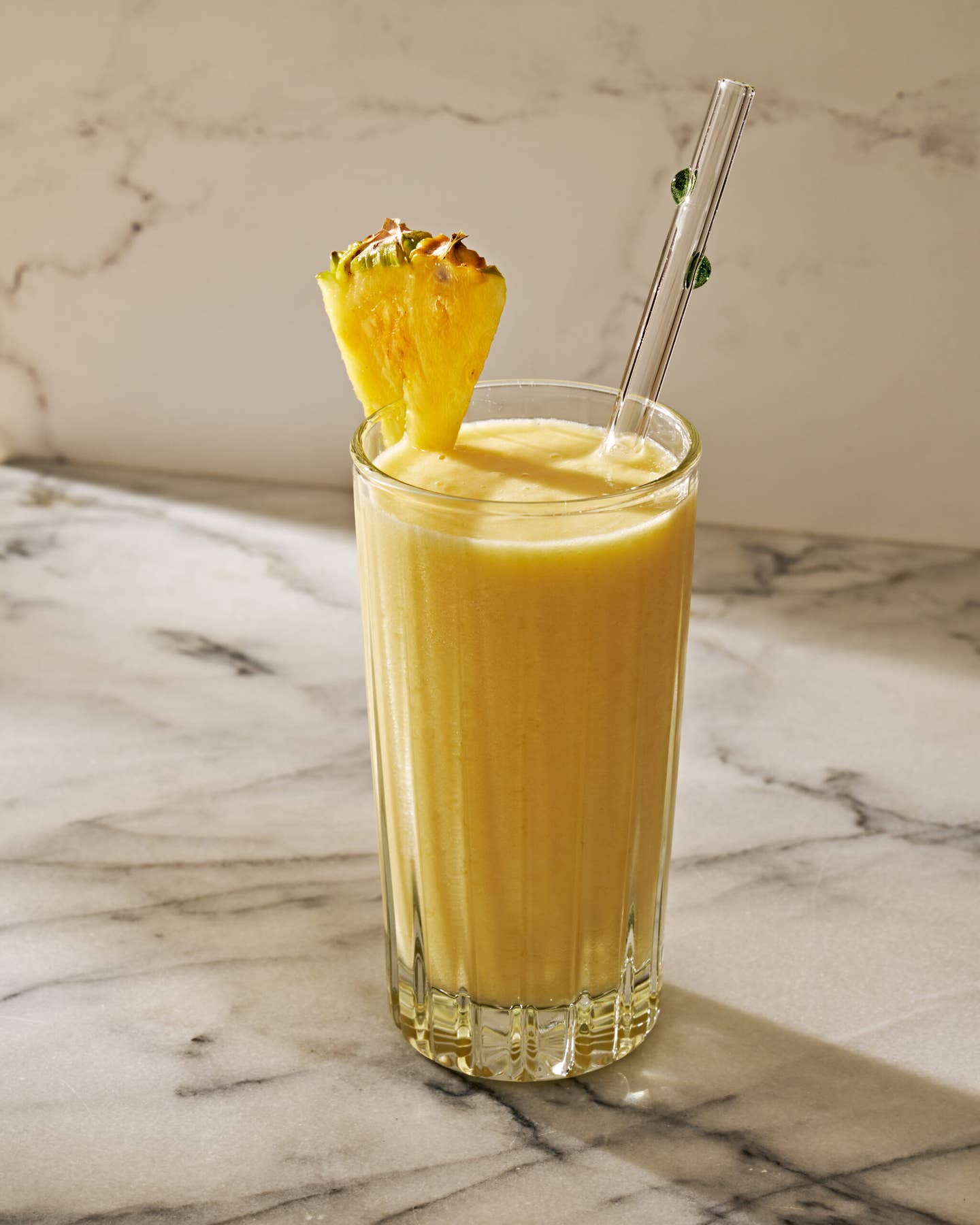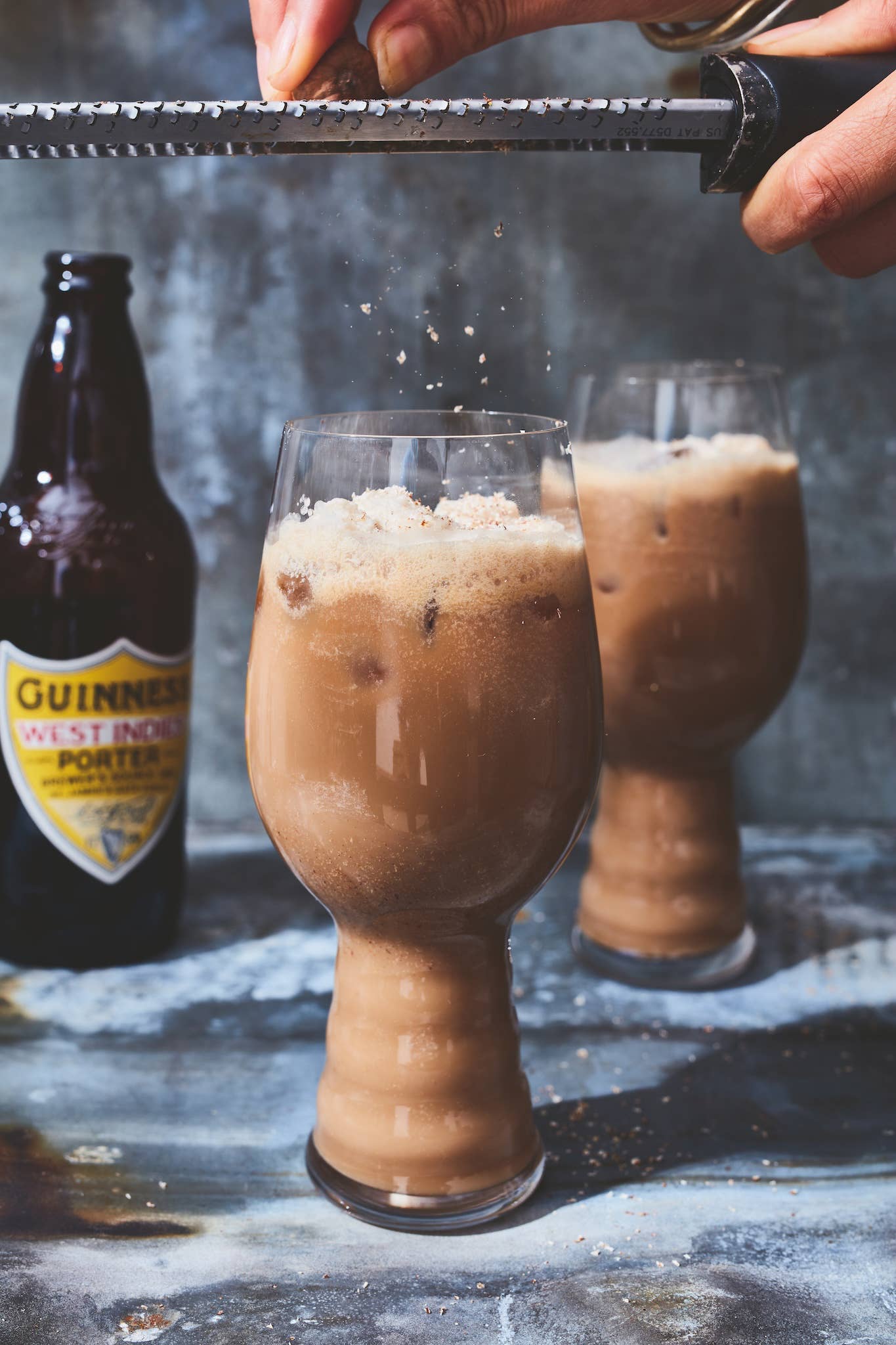
Elegant Aussies
Go west. Way west. In Australia's southwestern corner, amid an otherwise wild landscape of jarrah and gum trees, verdant vineyards yield some of the world's most cosmopolitan wines. Graceful instead of garrulous, they belie both the region's remoteness and the typically muscular Down Under wine profile. Drunk on their own, with a meal, or with the popular local accompaniments of bread, olive oil, and Dukkah, a nut-and-spice mix, they taste remarkably refined.
Western Australia—a vast state with 40,000 years of Aboriginal history and only 150 or so of significant European settlement—is far removed from the bulk of the country's wine production. In South Australia, more than 1,300 miles to the east, big companies produce oceans of power-packed, gulpable wines that sell at bargain prices and have made Australia one of the leading wine-exporting countries in the world. By contrast, winemaking in WA, as locals refer to their state, is dominated by small, often family-owned operations that account for less than 5 percent of all the wine made in Australia. As Denis Horgan, owner of one of the best WA wineries, Leeuwin Estate, says, "The big guys spill as much as we make."
Western Australia's vineyards lie within two broad zones: Greater Perth, centered around the state's capital, and Southwestern Australia, farther south. Greater Perth is where WA winemaking started, yet the city's environs, including the nearby Swan Valley, are dry and hot, fine for fast-ripening table grapes but too scorching for most premium wine varieties, which need to hang longer on the vine in order to develop nuances of aroma and flavor. That's why most of the excitement these days is to be found in the southwestern corner of the state, where Australia's coastline begins its turn toward the chilly Southern Ocean. Within that zone, the two most important regions are Margaret River and the Great Southern. Westerly ocean winds sweep inland there, keeping temperatures low, thus giving grapes time to mature slowly.
Since significant interest in WA's cool grape-growing areas has come only in the past three decades, it's not surprising that WA's vintners, with so little history behind them, are still experimenting to find out which grapes grow the best in which places. Some things, though, already seem clear. In the coolest vineyards, riesling stands out, yielding wines with diamond-clear citrus flavors and a lacy delicacy. Shiraz also does well, the wines tending to have a distinct, black pepper quality that is more evocative of French Rhone wines than of fruity South Australian ones. In slightly warmer regions, both cabernet and chardonnay shine, the former often showing fine-grained polish, much as reds from Bordeaux do, while the latter offers one of the New World's most serious challenges to white burgundy's preeminence. And throughout WA, vintners blend sauvignon blanc and semillon to produce vibrant whites that pair superbly with the local shellfish.
Visiting WA, one cannot help being struck by the incongruity that such a remote place could be the source of such sleek, sophisticated wines. This is a true wild west, where the air rings with the screech of cockatoos and kangaroos graze beside eucalyptus groves. Proudly independent, the local vintners pay little attention to what the big wineries on "the other side" do. They prefer instead to go their way, and what a delicious way it is.
Keep Reading
Continue to Next Story










